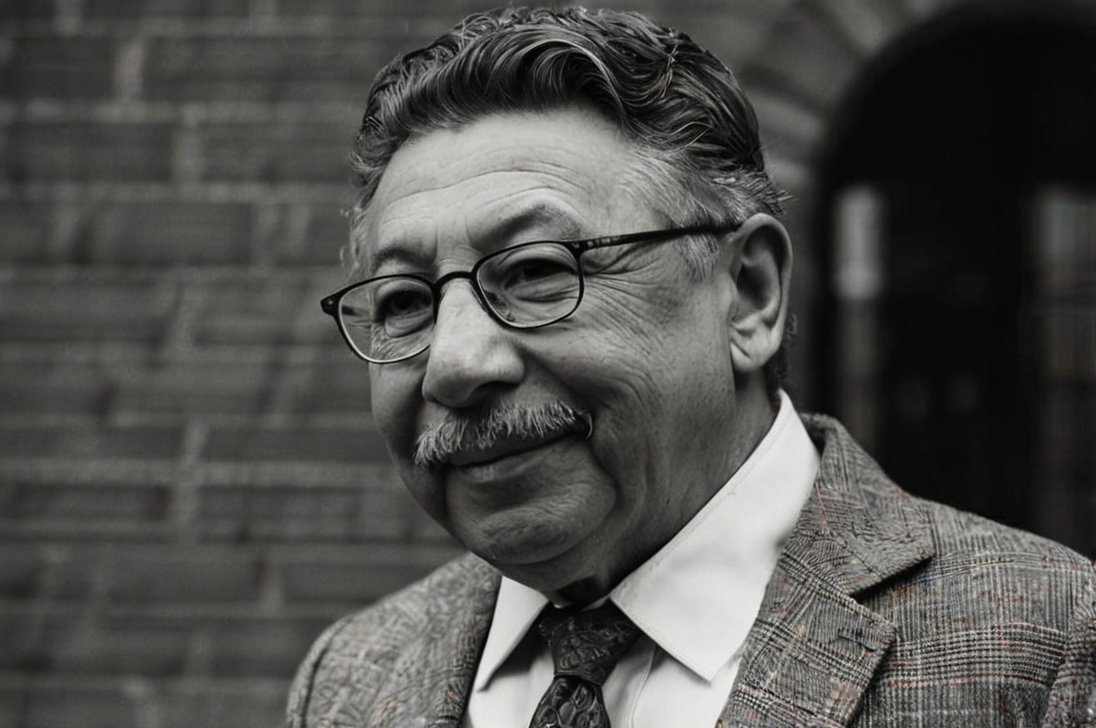
Have you ever wondered why some people seem driven to achieve greatness, while others struggle to meet basic needs?
Maslow’s Theory of Human Development provides a clear answer.
According to Maslow, human needs are arranged in a hierarchy, and individuals must satisfy lower-level needs before moving on to higher ones.
This hierarchy ranges from basic physiological needs like food and water to complex psychological needs like self-actualization.
Understanding this hierarchy can help us better comprehend human behavior, motivation, and personal growth.
What is Maslow’s Theory of Human Development?
Maslow’s Theory of Human Development is centered around the idea that human beings have a set of needs that are arranged in a hierarchical order.
This hierarchy is often depicted as a pyramid, with the most fundamental needs at the base and the higher-level needs at the top.
Maslow proposed that individuals must fulfill these needs in sequence, starting with the most basic physiological needs and progressing toward the ultimate goal of self-actualization.
This theory suggests that our actions are motivated by the desire to satisfy these needs, and our behavior is influenced by where we are in the hierarchy.

The Five Levels of Needs
Maslow’s hierarchy is divided into five levels, each representing a different category of needs.
Let’s explore each level in detail:
Physiological needs
At the base of Maslow’s pyramid are physiological needs.
These are the basic survival needs that all humans require to live, including:
- Food and water: Essential for sustaining life.
- Shelter: Protection from the elements.
- Sleep: Necessary for physical and mental health.
Without these needs being met, individuals cannot focus on higher-level needs.
For example, a person who is hungry or homeless will be primarily concerned with finding food and shelter rather than pursuing personal growth.
Safety needs
Once physiological needs are met, the next level of Maslow’s hierarchy is safety needs.
These needs encompass:
- Security: Feeling safe from physical harm.
- Stability: Having a predictable and secure environment.
- Protection: Being free from threats and danger.
Safety needs also include financial security, health, and well-being.
People need to feel that their lives are stable and predictable before they can focus on social or esteem needs.
Love and belongingness needs
At the third level of Maslow’s hierarchy are love and belongingness needs.
These needs are related to social connections and relationships:
- Social connections: Friendships, family ties, and community involvement.
- Intimacy: Romantic relationships and close emotional bonds.
- Affection: Receiving and giving love, care, and companionship.
Humans are inherently social beings, and these needs are crucial for emotional well-being.
A lack of fulfillment in this area can lead to feelings of loneliness and isolation.
Esteem needs
The fourth level of Maslow’s hierarchy is esteem needs, which can be divided into two categories:
- Self-respect: Confidence, independence, and mastery.
- Recognition: Receiving recognition and respect from others, such as through achievements, status, and reputation.
Esteem needs are about feeling valued and respected, both by oneself and by others.
Fulfillment of these needs leads to a sense of self-worth and accomplishment.
Self-actualization needs
At the top of Maslow’s pyramid is self-actualization, the need for personal growth and fulfillment:
- Personal growth: Pursuing one’s passions, creativity, and potential.
- Fulfillment: Achieving personal goals and aspirations.
- Reaching one’s potential: Living authentically and realizing one’s true self.
Self-actualization is about becoming the best version of oneself and achieving one’s full potential.
It is the ultimate goal of personal development and is often described as a journey rather than a destination.

How Maslow’s Theory Applies to Real Life
Maslow’s Theory of Human Development has practical applications in various aspects of life, including education, the workplace, and personal development.
Educational settings
In educational settings, understanding Maslow’s hierarchy helps educators create supportive environments that cater to students’ various needs.
For example:
- Physiological needs: Ensuring students have access to healthy meals and adequate rest.
- Safety needs: Providing a safe and secure learning environment.
- Belongingness: Fostering a sense of community and inclusion in the classroom.
- Esteem: Encouraging students through recognition and praise.
- Self-actualization: Supporting students in pursuing their interests and developing their potential.
Workplace motivation
Employers can use Maslow’s theory to design motivational programs that address different levels of employee needs.
For instance:
- Physiological and safety needs: Offering competitive salaries, benefits, and job security.
- Belongingness: Promoting teamwork, collaboration, and a positive workplace culture.
- Esteem: Recognizing and rewarding employee achievements and contributions.
- Self-actualization: Providing opportunities for professional growth, creativity, and career advancement.
Personal development
Individuals can apply Maslow’s theory to their personal lives by prioritizing their needs and striving for self-actualization.
By understanding where they are on the hierarchy, people can focus on fulfilling unmet needs and working toward personal growth and fulfillment.
Criticisms and Limitations of Maslow’s Theory
While Maslow’s Theory of Human Development has been widely accepted and applied, it is not without its criticisms and limitations.
Methodological limitations
One major criticism of Maslow’s theory is its methodological limitations.
Maslow’s approach was based on a small sample of self-actualized individuals, such as historical figures and successful professionals.
This raises concerns about the generalizability of the theory to the broader population.
Subjectivity
Maslow’s theory is also criticized for being subjective, as it is based on his personal opinions and observations.
This subjectivity can lead to bias and may not accurately reflect the experiences of all individuals.
Cultural and social context
Another limitation is the theory’s potential lack of universal applicability.
Maslow’s hierarchy is based on Western cultural values and may not be relevant in different cultural and social contexts.
For example, in some cultures, community and collective well-being may take precedence over individual self-actualization.

Contemporary Extensions and Renovations
Despite its criticisms, Maslow’s Theory of Human Development has been extended and renovated by contemporary psychologists to better understand human motivation.
Evolutionary psychology
Maslow’s theory, which originally focused on a hierarchy of needs from basic survival to self-actualization, has been expanded with insights from evolutionary psychology.
This field suggests that our needs and motivations have developed over time to help us survive and reproduce.
For example, the need for social connections and safety can be linked to our ancestors’ survival strategies, where being part of a group and ensuring physical safety were crucial.
By incorporating evolutionary psychology, Maslow’s theory now considers how our needs have evolved to adapt to both ancient and modern environments, providing a deeper understanding of why we pursue certain goals and behaviors.
Positive psychology
Positive psychology has also influenced how Maslow’s theory is viewed today.
While Maslow’s original model emphasized fulfilling basic needs and reaching self-actualization, positive psychology adds a focus on enhancing overall well-being and happiness.
This modern perspective looks beyond just meeting needs to explore how people can grow, thrive, and find greater satisfaction in life.
By integrating concepts from positive psychology, Maslow’s hierarchy has been adapted to not only address the fulfillment of needs but also to promote a richer and more fulfilling life experience.
This includes pursuing personal strengths, finding meaning, and achieving a sense of purpose.

Final Thoughts
Maslow’s Theory of Human Development remains a powerful tool for understanding human motivation and behavior.
While it has its limitations, the hierarchy of needs offers valuable insights into how individuals can achieve personal growth and fulfillment.
By recognizing and addressing our needs, we can work toward reaching our full potential and leading more meaningful lives.



